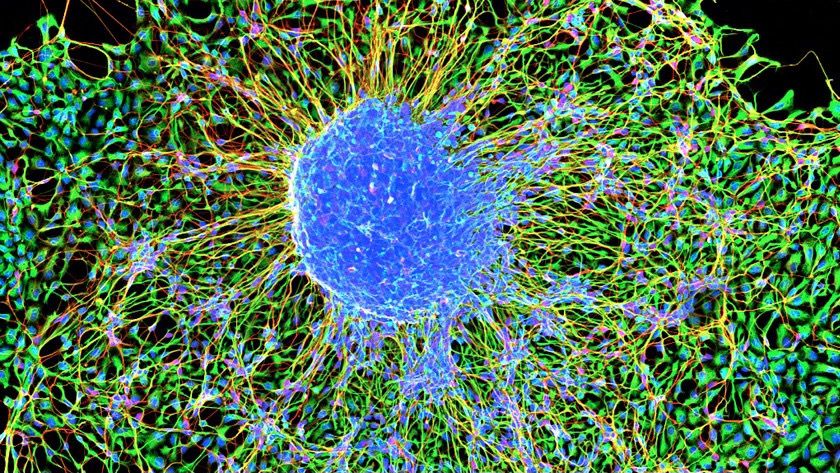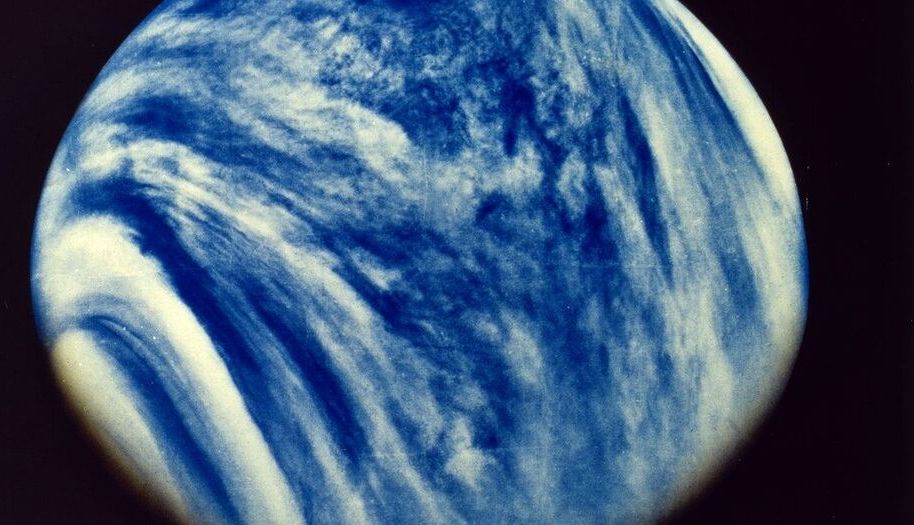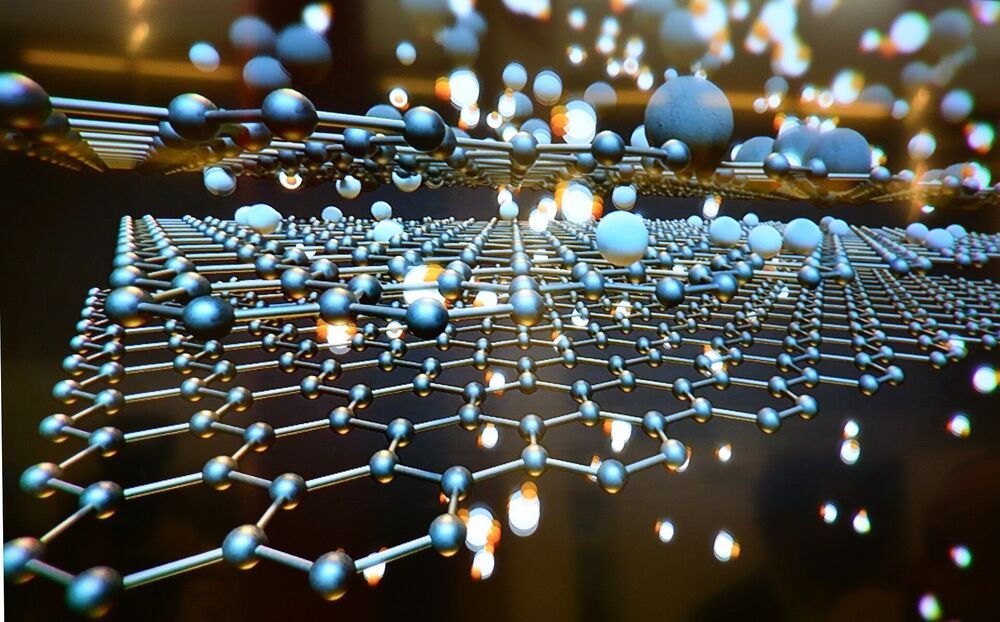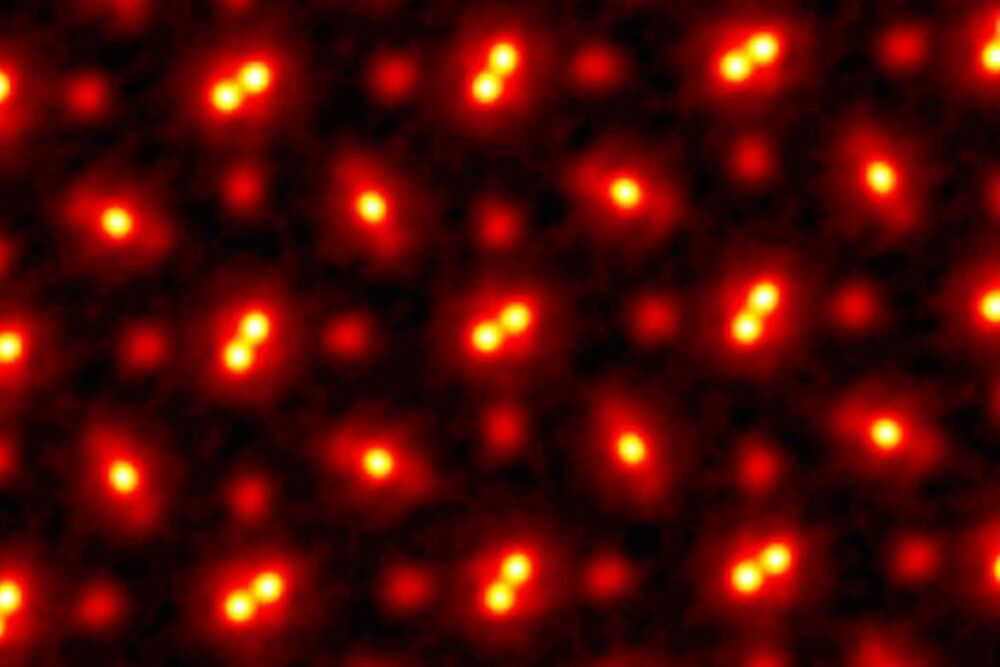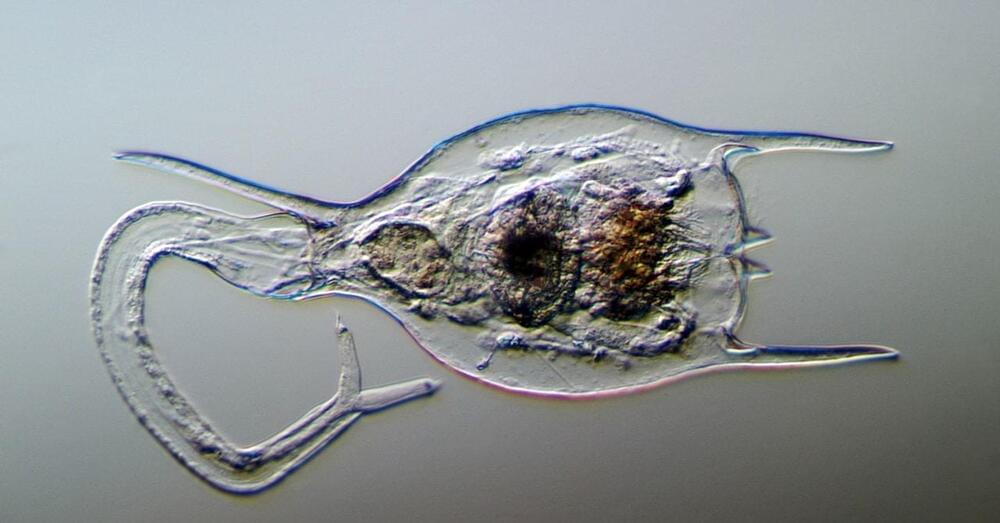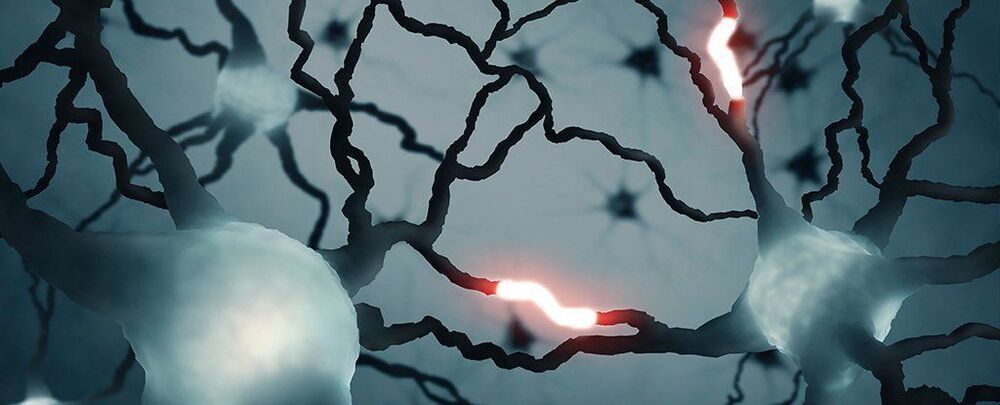According to recent Occupational Safety and Health Administration data, workers at Amazon fulfillment centers were seriously injured about twice as often as employees in other warehouses. To improve workplace safety, Amazon has been increasing its investment in robotic helpers to reduce injuries among its employees. With access granted for the first time ever, “Sunday Morning” correspondent David Pogue visited the company’s secret technology facility near Seattle to observe some of the most advanced warehouse robots yet developed, and to experience how high-tech tools are being used to aid human workers.
“CBS Sunday Morning” features stories on the arts, music, nature, entertainment, sports, history, science and Americana, and highlights unique human accomplishments and achievements. Check local listings for CBS Sunday Morning broadcast times.
Get more of “CBS Sunday Morning”: http://cbsn.ws/1PlMmAz.
Follow “CBS Sunday Morning” on Instagram: http://bit.ly/23XunIh.
Like “CBS Sunday Morning” on Facebook: https://bit.ly/3sRgLPG
Follow “CBS Sunday Morning” on Twitter: http://bit.ly/1RquoQb.
Download the CBS News app: http://cbsn.ws/1Xb1WC8
Try Paramount+ free: https://bit.ly/2OiW1kZ
For video licensing inquiries, contact: [email protected]

